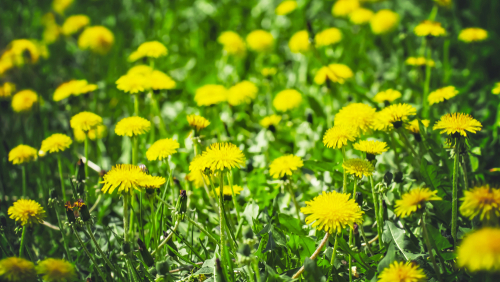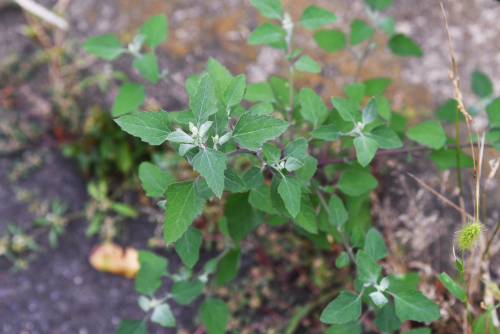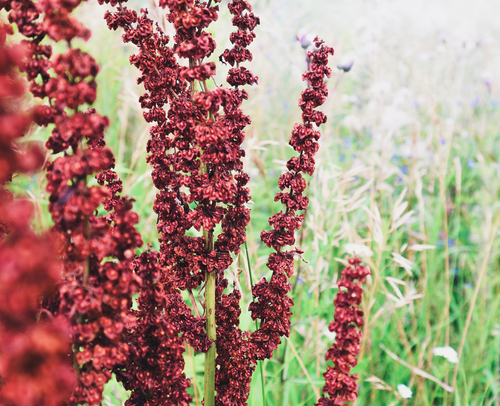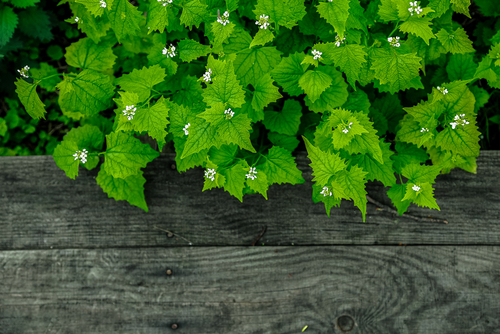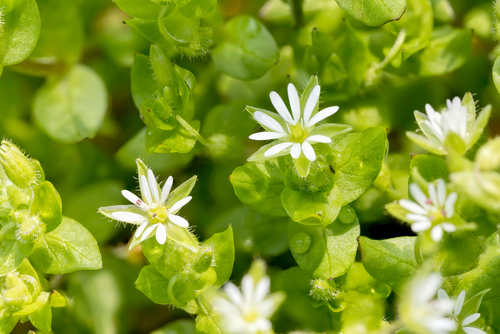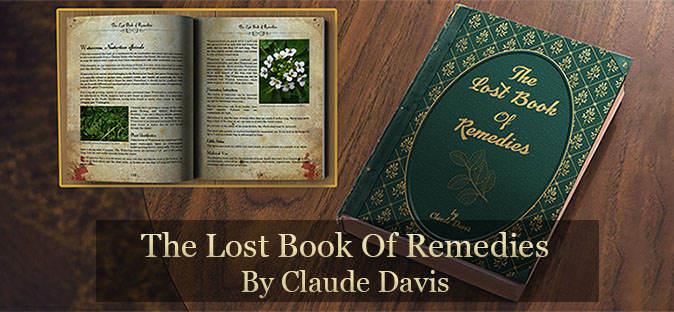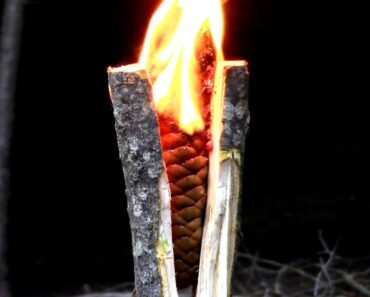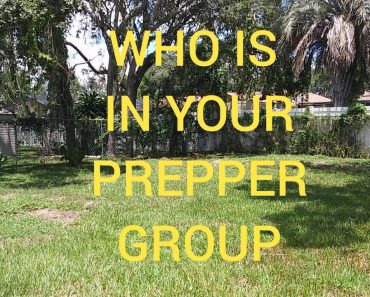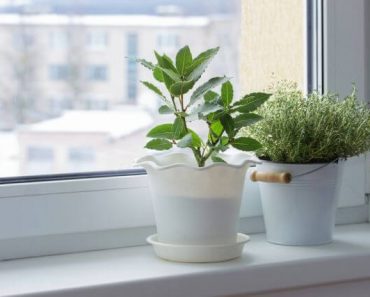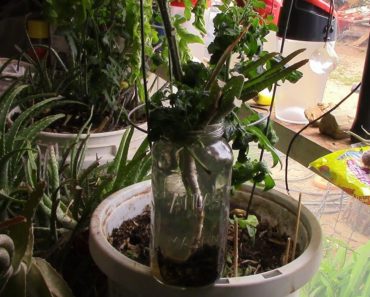We can all agree that life in the city is not easy and that it may be difficult to survive in the concrete jungle during a prolonged crisis.
Most cities will be cannibalized, and looters will get almost all resources available when desperation sets in.
As a survivalist, besides scavenging for what’s left, a good survival practice would also be to forage for edible plants that dwell in the city. Weeds and other plants you can find may become your primary choices for alternative nutrition, and you need to learn what can be found in your city.
Some urban preppers will hunker down and hold the fort for as long as possible when their city starts boiling. However, if their city is doomed, and there’s no chance of recovery, they will have to figure out ways to ration and stretch their survival supplies.
Most of the annoying weeds that can be found in the city are, in fact, resilient survivors and are a good source of food. These plants are packed with vitamins, minerals, and nutrients. Just learn how to spot them, and you will bring home some healthy food that can ease your hunger.
These plants can be found in all sorts of places, and many empty lots, construction sites, landscaping, and cemeteries provide proper breeding grounds for various edible plants. Even so, the first rule of foraging in the city is to avoid areas exposed to direct traffic or areas that are treated with chemicals.
Edible plants for urban preppers
1. Dandelion
This is one of my top edible plants, and I love it due to its many uses. Dandelion is a perennial plant that grows in a basal rosette. Dandelion leaves are narrow and deeply toothed, pointing back toward the center of the plant. The plant is easily recognizable due to its flower, and in fact, it’s one of the most easily recognizable “edible weed” in the world.
In our modern time, it is seen mostly as an annoying weed popping up everywhere, and few people are actually aware of how beneficial this plant is. Dandelion has a long history when it comes to folklore and ancient medicine, and was often used for healing swellings, skin and eye issues, and heartburn. It is also ideal for calming an upset stomach and treat diarrhea.
The plant is a great source of Vitamin A and C, and it contains more vitamins than spinach and tomatoes. It is also full of vitamins B, Vitamin D, potassium, iron, and calcium. This is why it was a treasured plant during the Great Depression, and it found its way easily in the diet of those struggling financially.
Today, dandelion salad has become a favorite dish of preppers and survivalists. Eat yellow dandelion flowers raw, cooked, or you can even make wine from them. You can mix the leaves with other greens, and a little bit of vinegar, pepper, and salt. You will have a tasty dish during harsh times, without spending any money. The root is often roasted and used in teas and coffee or consumed whole. I found out that it can increase the aroma and strength of coffee.
2. Lamb’s Quarter
Lamb quarter can be easily identified due to the plant’s leaves that are coated by a white powder. The plant looks dusty from afar, and it can be spotted effortlessly. The flowers produced are often formed in clusters on top of spikes. Another distinctive characteristic that can help you identify the plants is the leaves that resemble the shape of a goosefoot. These leaves are light green on the top whitish underneath.
Most of the plant is edible, and the leaves flowers and stems have an earthy flavor similar to spinach or chard. Some also eat the seeds, but I must warn you that these contain saponin, and they can be irritating to the stomach. However, if you lack soap, you can use the seeds as a substitute to keep good hygiene during a prolonged crisis. The saponin is a natural soap-like substance, and Lamb’s quarter was one of the main soap plants used by the Native Americans.
The plant has generous amounts of vitamin C and A and provides a fair amount of minerals, including iron, phosphorous, magnesium, and folate. It is also high in protein and fiber, and it makes the plant one of the most nutritious edible plants you can find in the city.
A word of caution when foraging the plant is necessary. You can enjoy Lamb’s quarter the most when the plant is young and tender. However, you should avoid harvesting it from places where it was exposed to herbicides and other chemicals. The plant can absorb unhealthy levels of chemicals during its earlier stage, so pay attention to the area before foraging.
The plant can be used just as you would use spinach, and the leaves can be steamed lightly and eaten with butter, pepper, and a pinch of salt. During my camping trips, I’ve often added the leaves to scrambled eggs and omelets, and I love the flavor it gives. You can also make a green salad or use the stems and leaves into a stir-fry.
3. Curly Dock
This plant grows all across our country, and it’s considered by most an invasive weed. It is native to Europe and Western Asia, and it is believed it was brought to America by the first settlers. The plant is part of the rumex family, being related to rhubarb, sorrel, and oxalis.
The curly dock has ovate and elliptical smooth leaves shooting off from a large basal rosette. The leaf margin can be waved or curled. The leaves are fairly thick, and the plant can be easily recognized in cold climates due to the stems that can get a tinge of red. These edibles produce inflorescence or flower stalk that grows to about 1 foot high.
The plant can be found near water spots or in neglected corners of your local parks. Curly dock loves the disturbed ground, and you will often find it in places that are often not suitable for foraging.
The edible parts of Curly Dock are the leaf blades, growing tips of leafy stems and the seeds. I advise you to cut off the curly dock leaf stems before cooking the leaves. These are often tough and stringy. Leaves can be used as salad ingredients, in sandwiches, and anywhere you would use lettuce or spinach. Leaves should be boiled for a few minutes to get rid of the astringent flavor. The taste can be described as a mix between spinach and sorrel or rhubarb. You can also sauté the leaves and use the seeds as grain.
4. Garlic Mustard
Garlic mustard is one of the biennials (it has a two-year life cycle) edible plants you can find in the city. Once again, we can find this plant labeled as an invasive weed, and few people know that it’s good for human consumption. The plant is very hardy and tolerates a range of soil, making it hard to get rid of.
The plant can be identified by its broad heart-shaped or kidney-shaped leaves. The flowers and the garlic or onion smell are also distinctive characteristics to help you figure out if you found the right plant.
During the first year, the plant produces a low-growing rosette of leaves that are heart-shaped with scalloped edges. In the second year of growth, in early spring, garlic mustard shots up as a tall flower stalk. During this growth stage, the leaves along the flower stalk are more triangular and have toothed edges. It grows flowers in clusters, and each flower has four white petals.
The edible parts of garlic mustard are the flowers, leaves, roots, but also the seeds. In general, you can eat the leaves in any season, but once the weather gets hot, the leaves will develop a bitter taste. I often chop the flowers and toss them into green salads.
You can also collect the roots and use them in various dishes since they have a distinctively spicy taste, similar to horseradish. I recommend using the roots in sauce or roasting them. Also, the seeds which have a spicy taste as well can be used in all sorts of dishes that need to become a little hotter.
5. Common chickweed
Another edible weed native to Europe that found its way into America is the chickweed, also known as tongue grass or satin flower. Introduced to North America by immigrants, the plant now grows all across the continent, and for some, it has become a nuisance weed.
The plant can grow like a small bush, especially in the earlier stage, and you can find it in the spring, in both urban and rural settings. The great part about chickweed is that it has a different life duration, making it annual, winter annual, or perennial. The plant has oval leaves 1/8 to 4/5 inch long with entire leaf margins.
The edible parts are the flowers and leaves, but you must be careful and avoid eating them in large quantities. The saponin content of leaves and flowers can upset your stomach. Flowers and leaves can be eaten raw or cooked, and I often tossed both plant’s parts into salads, stir-fries, and stews.
Although many stay away from it due to its saponin content, you should know that the edible parts are packed with vitamins C, D, and B-complex. It also provides a good quantity of iron, calcium, magnesium, beta carotene, potassium, and zinc.
Common chickweed is both an edible and a healing plant. Salves and balms made from this plant are good remedies for rashes, bug bites, burns, eczema, and even acne. They can also be used if you need to reduce swelling or the appearance of varicose veins.
You can make teas and tinctures from the plant to clear up cough and congestion, but also to calm an upset stomach and to cleanse the liver, bladder, and kidneys. It was used by the first immigrants to treat joint pains in those suffering from arthritis.
Concluding
The best part about the edible plants listed in this article is that you can stretch your meals with them and are easily accessible. The plants can be added to stew, soups, and salads, and some can be consumed raw. Having green, vegetable-like foods when SHTF will help improve your morale and provide a well-balanced diet. It will greatly help you to prevent food fatigue by diversifying your diet.


